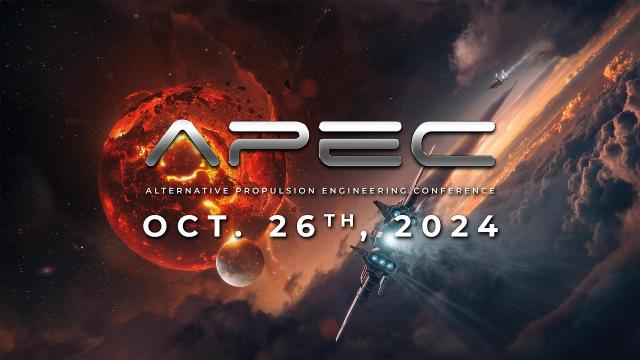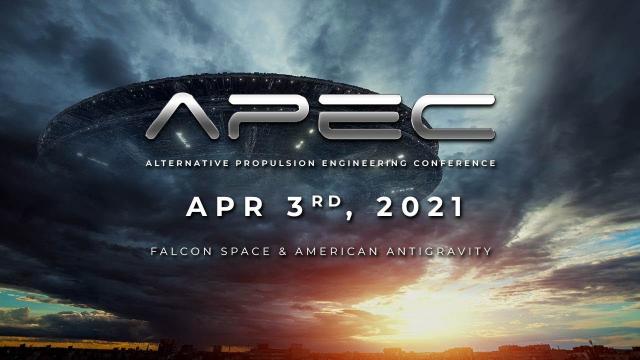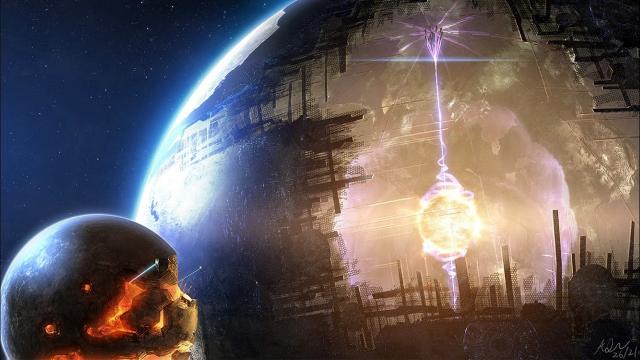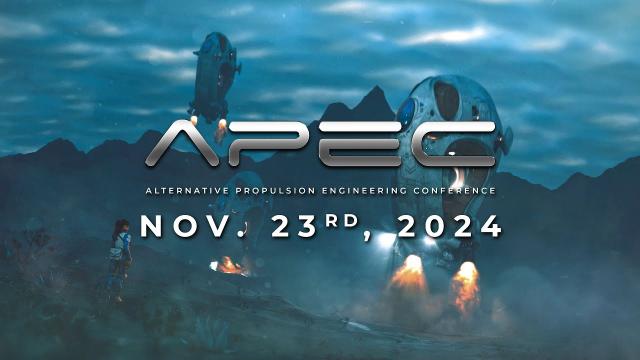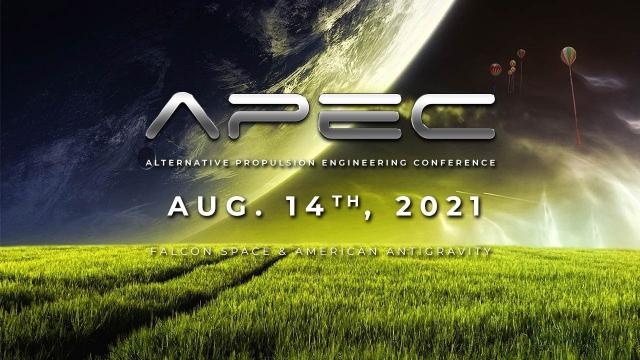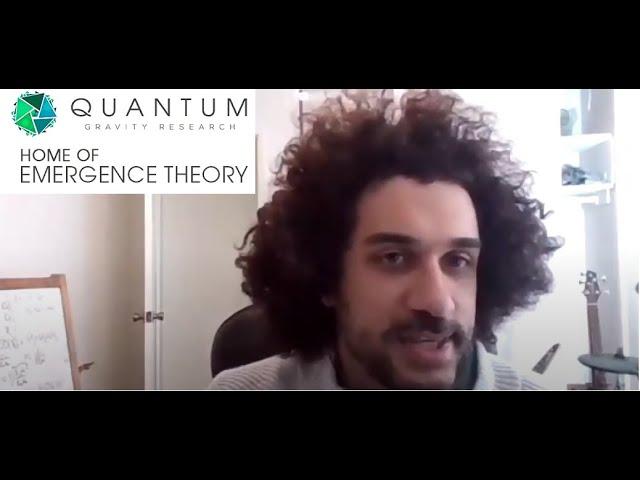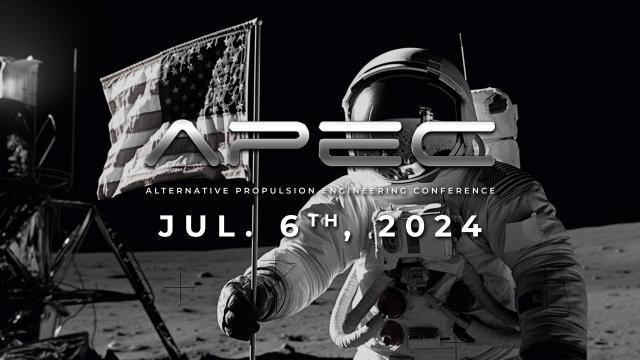APEC 9/28: Frame-Dragging, Art’s Parts & Gravity Control
Description
Lance Williams presents on frame-dragging & gravitational coupling, Jarod Yates discusses the Art’s Parts UFO sample analysis, Sky Darmos presents on compsition-dependent gravity and a new model for gravity control spacecraft, and Shiva Meucci discusses mainstream physics models, mistakes & misconceptions. We’ll also be hearing updates from our lab partners and finishing off the event with an open discussion by conference attendees!
12:00pm PT – Lance Williams – Frame Dragging & Gravitational Coupling
There is a drag force on objects moving in the background cosmological metric, known from galaxy cluster dynamics. The drag force can be understood as inductive rectilinear frame dragging. Unlike the Kerr metric or other typical frame-dragging geometries, cosmological inductive dragging occurs at uniform velocity, along the direction of motion, and dissipates energy. Proposed gravito-magnetic invariants formed from contractions of the Riemann tensor do not appear to capture inductive dragging effects, and this might be the first identification of inductive rectilinear dragging.
1:00pm PT – Jarod Yates – Art’s Parts & UFO Crash Recovery Materials
Mark Sokol & Jarod Yates have been doing continuing analysis on a verified sample of the “Art’s Parts” purported crash wreckage, and in this presentation, Jarod will provide updates on his research into the history of the material, past scientific claims of levitation in the 5 Terahertz regime, the Bismuth/Magnesium layering, possible quasicrystal composition, and upcoming tests. Mark and Jarod recently performed visual analysis using a metallurgical microscope, SEM analysis at a nearby lab, and are researching Raman spectroscopy options as well.
2:00pm PT – Sky Darmos – Composition-Dependent Gravity & Gravity-Control Spacecraft
Sky is researching quantum gravity, and will describe a detailed analysis of Cavendish experimental results dating back decades that he says support the idea that gravity is related to baryon number.
For propulsion, Sky suggests that if we inflate the mass but do not increase the number of particles, then we can make a spacecraft or aircraft freefall slower. It will be subject to less gravitational acceleration. When used in orbit, the spaceship would fall around the planet slower than the people inside, and so the people inside would be able to stand on the floor of said spaceship. The spaceship and the people would essentially have different orbits.
3:00pm PT – Shiva Meucci – Mainstream Physics: Models, Mistakes & Misconceptions
Is there an aether? Does it behave like a superfluid? Do torsion fields or gravitational frame-dragging subtle indicators of vortex mechanics in the fabric of spacetime, and can that be leveraged for advanced propulsion? For nearly a century, Relativity and Quantum Mechanics have dominated physics and led to impressive scientific discoveries and remarkable new technologies, but its always wise to question their limitations in the hopes that reinterpretation may open new avenues for scientific advancement”
4:00pm PT – Lab Partners – Experimental Research Updates
Learn about hands-on engineering & technical research on advanced propulsion experiments by our lab partners. Mark Sokol & the Falcon Space team will describe recent work on NMR / EPR gravity-modification experiments, Jarod Yates & Charles Crawford will provide updates on the Graviflyer, Curtis Horn will provide updates on the MEGA-Drive, and other labs may shares updates as well during this time.
5:00pm PT – Open Discussion & Ad-Hoc Presentations
Conference guests interested in presenting experimental info to the group are invited to participate at this time, and our presenters will be available to take questions & discuss experiments.

